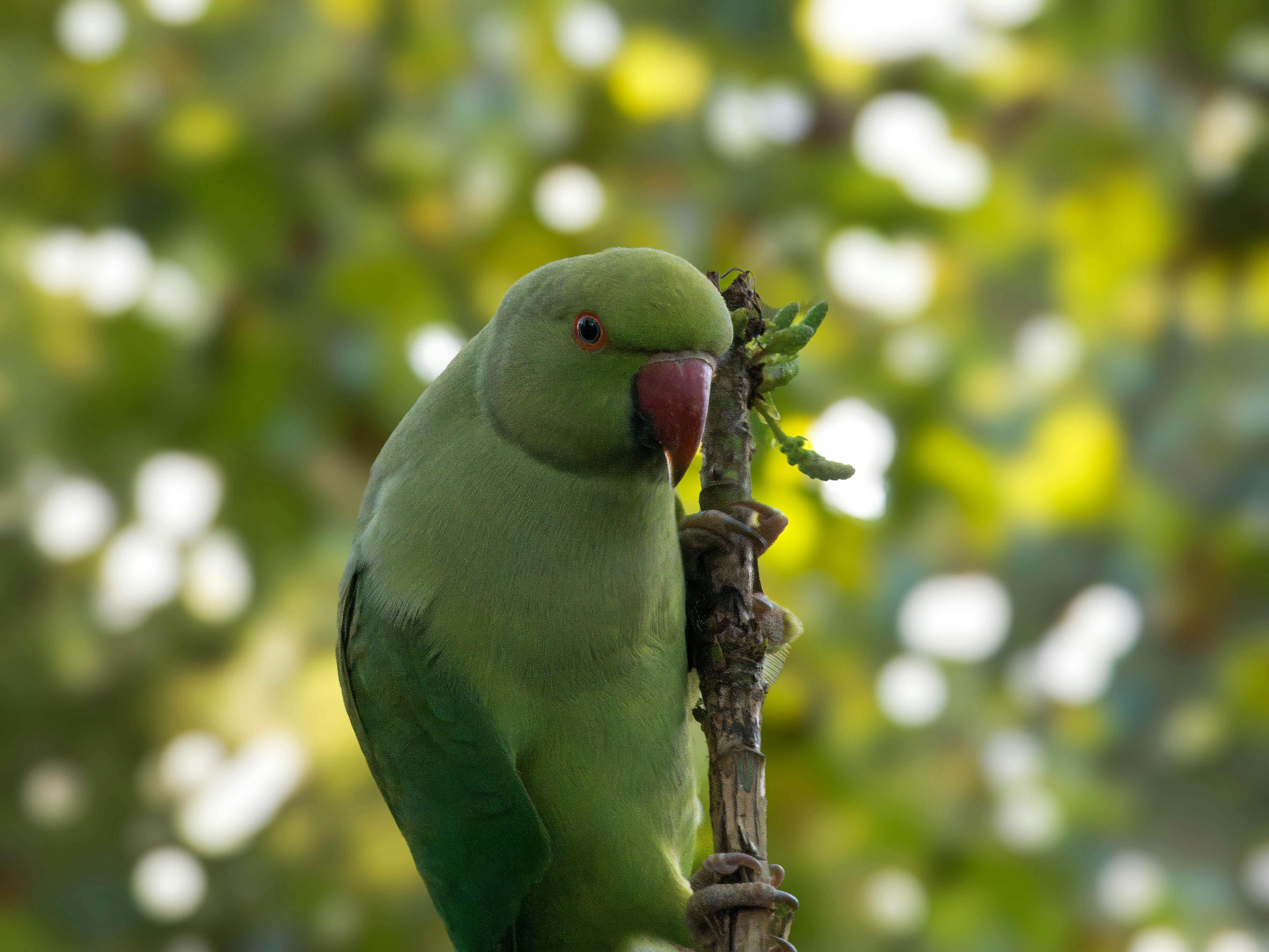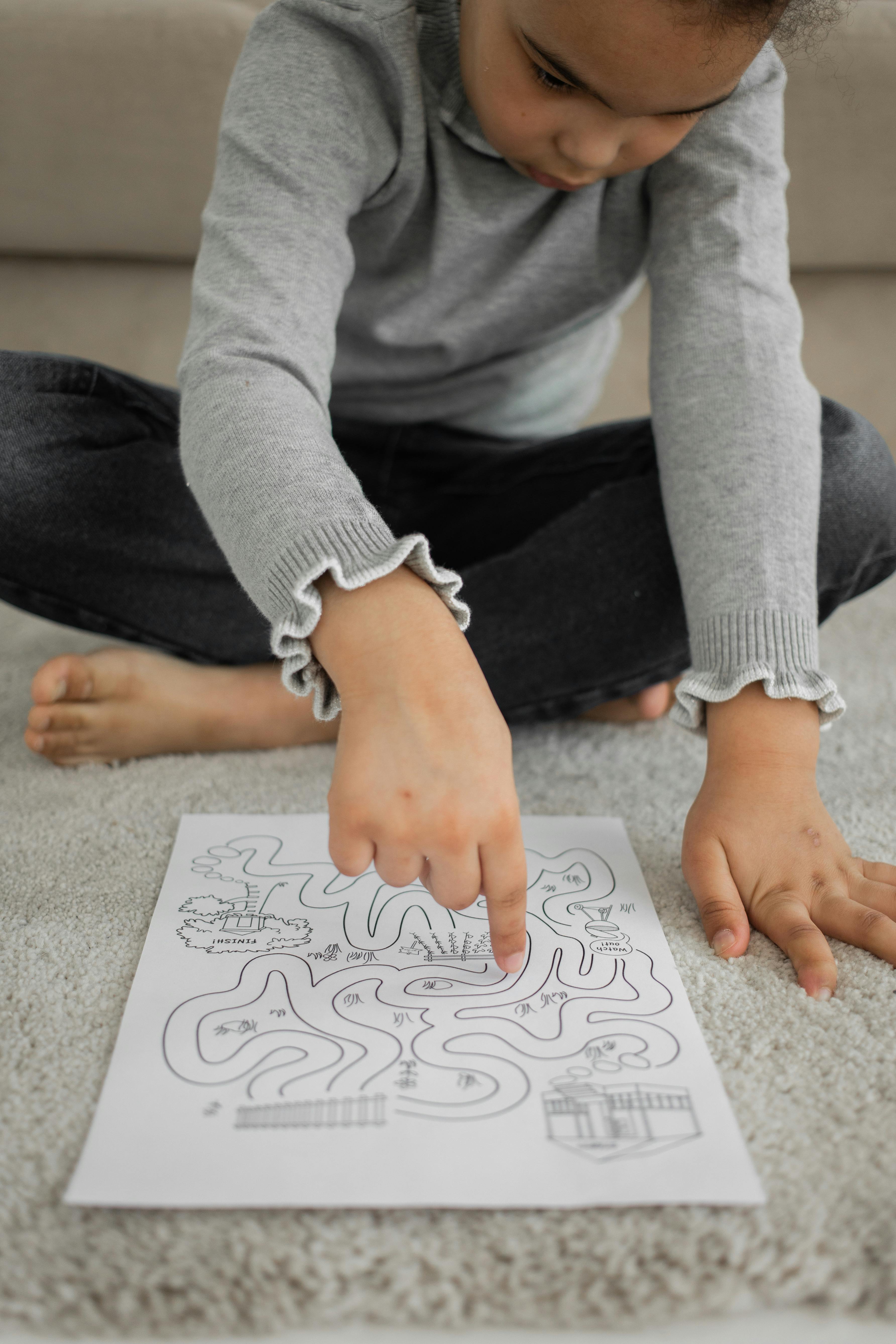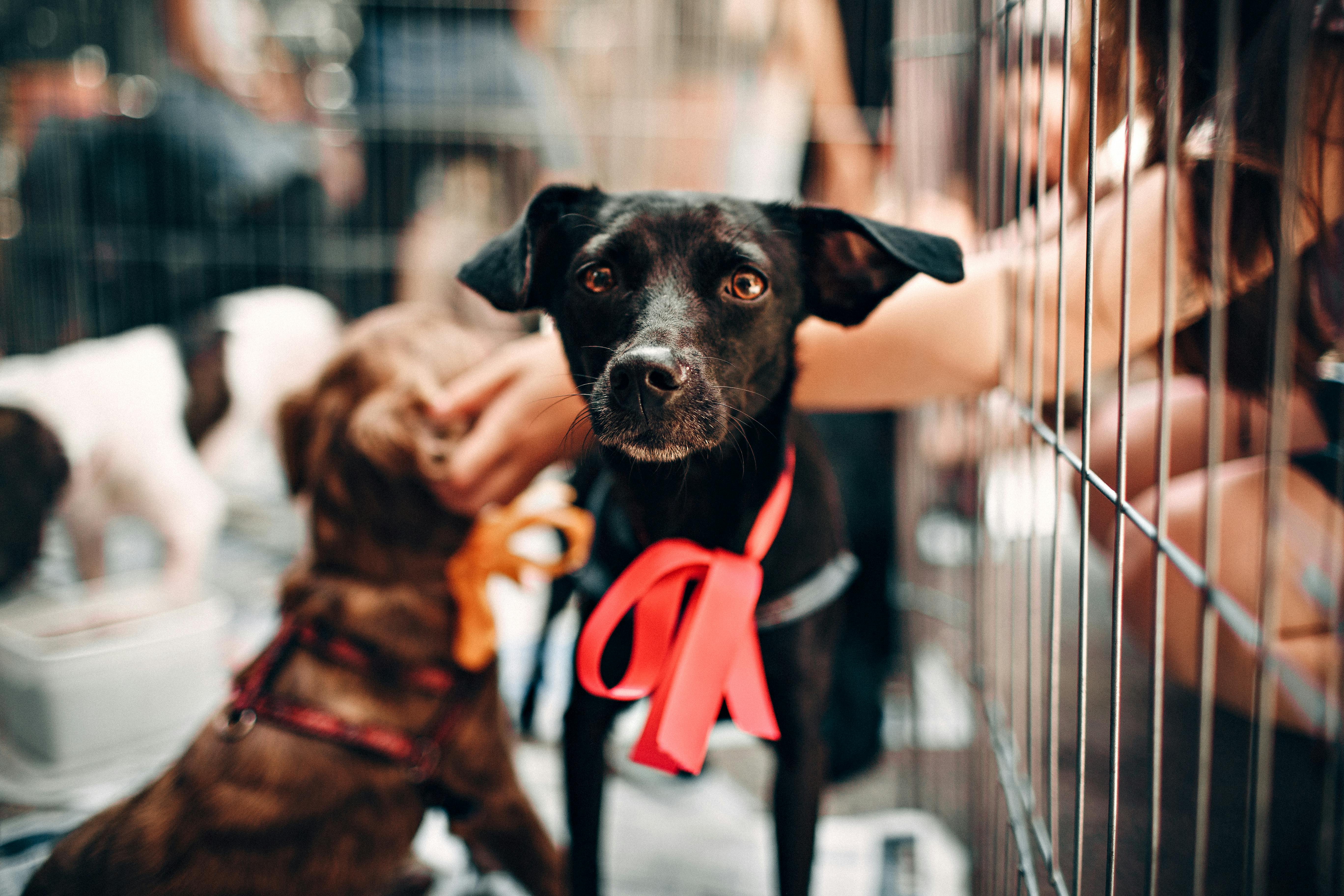Smart Ways to Optimize Your 30 Gallon Terrarium for 2025
Creating a beautiful and sustainable 30 gallon terrarium is not just a fun project; it's also a wonderful way to bring a slice of nature into your home. Terrariums can serve as a beautiful focal point in any indoor space, allowing you to cultivate various plants and create a mini-ecosystem that thrives under your care. As we move towards 2025, optimizing your terrarium setup not only enhances its aesthetic appeal but also maximizes plant health through better maintenance practices. In this article, we will explore essential tips, tricks, and ideas for setting up and maintaining your terrarium, so it remains vibrant and beautiful throughout the years.
We'll delve into selecting the right terrarium plants, proper terrarium maintenance techniques, and innovative design ideas that will keep your 30 gallon terrarium flourishing. Along the way, we'll also discuss how to incorporate unique elements like LED terrarium lights, diverse terrarium accessories, and creative terrarium layouts to elevate your indoor gardening experience. Get ready to transform your terrarium into a dynamic and thriving indoor landscape!
Choosing the Best Plants for Your 30 Gallon Terrarium
Choosing the right plants is crucial to the success of your 30 gallon terrarium. The ideal plant selection can create a visually appealing arrangement while ensuring that your terrarium ecosystem remains balanced. Whether you're aiming for a closed terrarium or an open design, certain plants work better than others. Building on these fundamentals, it's important to consider the different types of terrarium plants that thrive well in a contained environment.
Top Terrarium Plants for Beginners
For those new to terrarium gardening, selecting the best terrarium plants is essential. Consider using tropical plants such as mosses, ferns, and small varieties of African violets, which are easy to care for and thrive in humid conditions. These plants not only add lush greenery but also contribute to the ecosystem by producing oxygen and absorbing carbon dioxide. When planting, remember to create layers with taller plants in the back and shorter ones in the front for an aesthetically pleasing look.
Creating a Mini Garden with Succulents
Succulents are another excellent option for terrarium setups, especially if you prefer a more arid environment. Plants such as Haworthia and Echeveria are perfect for 30 gallon setups and require minimal watering. To optimize your terrarium for succulents, use terrarium gravel for drainage and a well-draining terrarium soil mix. This will prevent root rot and ensure your succulents remain healthy and vibrant.
Incorporating Air Plants into Your Design
Air plants, or Tillandsias, are unique in that they do not require soil to grow, making them a versatile option for terrarium decoration. Incorporating these into your 30 gallon terrarium can add visual interest. Attach them to decorative features or driftwood to create stunning arrangements. To maintain air plants, mist them occasionally and soak them weekly to provide the necessary humidity without compromising the overall design.
Terrarium Setup: Crafting Your 30 Gallon Masterpiece
Now that you've chosen the plants for your 30 gallon terrarium, the next step is to optimize your terrarium setup. With a clear vision, your design can adhere to both aesthetic and ecological principles. With these basics established, let's dive into the crucial elements to consider when setting up your terrarium for success.
Layering Techniques for Optimal Growth
A well-structured terrarium begins with the right layering techniques. Start by adding a layer of small pebbles or terrarium gravel at the bottom for drainage. Follow this with activated charcoal to keep your terrarium fresh and prevent mold. Finally, add the terrarium soil, ensuring that it has adequate moisture-retaining properties. Remember that the substrate depth should accommodate your plants' root systems while allowing for growth over time.
Creating an Effective Ecosystem
Your 30 gallon terrarium can thrive as a self-sustaining ecosystem if designed properly. The combination of plants, soil, and moisture can lead to a balance where plants recycle nutrients and water. Monitor your terrarium humidity regularly; misting and proper air flow can help regulate moisture levels. Connecting all these elements will enhance plant health and promote a biodiverse environment within your terrarium.
Utilizing Terrarium Decor to Enhance Visual Appeal
Adding terrarium decor elements can transform a standard terrarium into a creative display. Consider using miniature figurines, driftwood, and natural stones to create a fairy garden terrarium effect. These decorative elements can elevate the aesthetic of the terrarium significantly while also providing hiding spots for various plant species and a source of visual interest.
Terrarium Maintenance: Keeping Your Ecosystem Healthy
Maintaining your 30 gallon terrarium is key to ensuring that your plants thrive and your mini-ecosystem remains balanced. Following a regular maintenance schedule will allow you to address any potential problems early on and keep the terrarium looking beautiful. Taking this concept further, we'll explore some tried-and-true terrarium maintenance tips to help sustain your internal landscape.
Watering Schedule & Techniques
Watering is one of the most critical aspects of terrarium maintenance. Generally, terrariums need less frequent watering than typical houseplants since they recycle moisture through evaporation and condensation. A good tip is to observe the moisture level of the soil; if it appears dry, it's time to water. For humid environments, consider using a spray bottle to lightly mist the plants instead of soaking the soil, which could lead to overwatering and root rot.
Managing Terrarium Humidity
Humidity plays a vital role in maintaining a healthy terrarium. Closed terrariums may require less frequent monitoring, but it's important to keep an eye on condensation levels. Adding more ventilation by slightly opening the lid can help reduce humidity, preventing mold and mildew growth. For open terrariums, ensure you're using plants that tolerate lower humidity levels unless you plan to encourage a more humid environment.
Identifying Common Terrarium Problems
Every terrarium may face challenges such as mold, insect infestations, or signs of wilting plants. Regularly inspecting your terrarium plants for pests or fungus will allow for timely interventions. Consider using organic pest control methods to maintain the health of your ecosystem without compromising the whole setup. Understanding plant needs and recognizing potential problems will ensure that your terrarium remains a flourishing environment.

Creative Terrarium Ideas to Enhance Your Indoor Space
Now that we've explored the fundamentals of terrarium maintenance and setup let’s look at some creative terrarium ideas that can truly optimize your 30 gallon terrarium. From aesthetic designs to functional setups, these ideas will inspire you to think outside the box.
Vertical Terrarium Gardening: Going Up!
Vertical terrarium gardening is an innovative way to make the most of limited space. Utilizing wall-mounted glass terrariums can create striking indoor displays that draw the eye upward and allow your plants to thrive in a unique manner. Select a mix of trailing plants and vibrant air plants to enhance your vertical setup, providing lush greenery while maximizing area usage.
Terrarium Specials: LED Lighting
Incorporating LED terrarium lights can greatly enhance the overall appearance of your terrarium, providing the necessary light for plant growth and creating a mesmerizing atmosphere. When choosing lighting, look for energy-efficient LED options that offer a range of colors. Adjust the lighting to resemble natural sunlight conditions, which can vary depending on the type of plants you've selected.
Incorporating Aquatic Plants into Your Design
For a more dynamic approach, consider creating a partially submerged terrarium featuring aquatic plants. Combining aquarium plants with terrestrial ones can produce a stunning visual effect, showcasing the beauty of both environments. Ensure that your aquatic plants are suitable for your terrarium setup and monitor nutrient levels to keep both habitats harmonious.

Final Thoughts: Embracing a Thriving Terrarium Lifestyle
Building and maintaining a 30 gallon terrarium is not just about creating a decorative piece; it embodies a holistic approach to indoor gardening. Optimizing your terrarium setup means understanding your plants' needs while enjoying the creative process of designing your unique ecosystem. With these terrarium ideas and maintenance tips, you can foster a thriving indoor landscape that enriches your environment, uplifts your mood, and contributes to overall wellness. Explore your creativity, enjoy plant care, and immerse yourself in this delightful hobby as you continue to cultivate your own beautiful terrarium.
